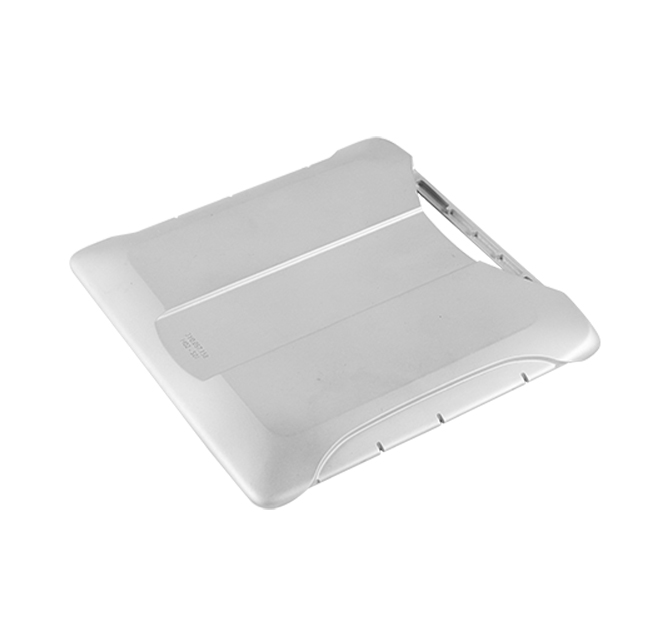Time:2025-07-12 Views:0 source:CNC Machining customization source:CNC Machining news

In the field of CNC machining, surface coating technology has undergone significant innovations to enhance the performance, durability, and functionality of machined components. Traditional coatings like chrome plating and anodizing are being replaced or augmented by advanced solutions that offer superior properties. One notable innovation is the development of nanocomposite coatings, which combine nanoparticles (such as titanium nitride, aluminum oxide, or diamond-like carbon) with a matrix material to create coatings with exceptional hardness, wear resistance, and corrosion resistance. These nanocomposite coatings, applied using techniques like physical vapor deposition (PVD) or chemical vapor deposition (CVD), provide a more uniform and dense layer, reducing friction and extending the service life of CNC-machined parts, especially in high-stress applications like aerospace and automotive components.
Another breakthrough is the adoption of environmentally friendly coatings. With increasing regulations on hazardous substances, industries are shifting towards low-VOC (volatile organic compound) and chromium-free coatings. For example, trivalent chromium coatings offer similar corrosion resistance to hexavalent chromium but with lower toxicity. Additionally, self-healing coatings have emerged as a game-changer. These coatings contain microcapsules filled with healing agents that rupture upon damage, releasing the agent to repair cracks or scratches, thus maintaining the protective barrier and reducing maintenance costs.
Functional coatings are also gaining traction. Smart coatings with properties like thermal conductivity, electrical insulation, or anti-bacterial capabilities are being integrated into CNC-machined parts for specialized applications. For instance, in medical device manufacturing, anti-bacterial coatings on CNC-machined surgical tools help prevent infections. Moreover, advances in coating application techniques, such as high-velocity oxygen fuel (HVOF) spraying, allow for thicker coatings with improved adhesion, making them suitable for heavy-duty components subjected to extreme wear. These innovations in surface coating technology not only enhance the performance of CNC-machined parts but also align with sustainability goals and industry-specific requirements.
Read recommendations:
Sealing ring Precision electronic parts
Housing components for recessed downlights Precision electronic parts
Oval Magnetic Hardware Precision electronic parts
CNC Machining Dimension Accuracy
CNC processing factory - Meeting customers' strict requirements for precision